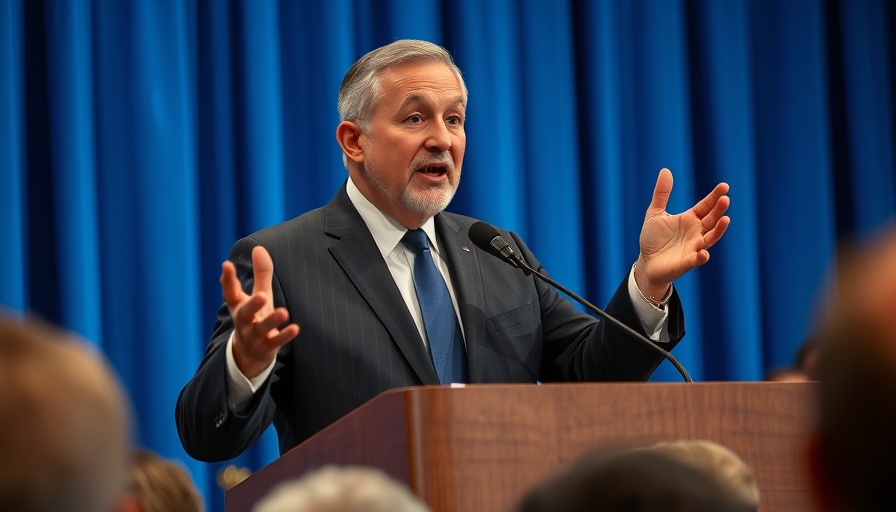
Understanding the Aspiration Fraud Case: A Deep Dive
The recent arrest of Joseph Sanberg, co-founder of the climate-friendly fintech startup Aspiration, has unveiled a troubling saga of deceit, affecting the investment community at large. Alongside Ibrahim AlHusseini, a former board member, Sanberg is accused of orchestrating a comprehensive scheme to defraud investors of $145 million. This case not only highlights potential vulnerabilities within the climate fintech sector but also serves as a cautionary tale for healthcare investors and tech professionals who may be exploring similar green investment avenues.
How It All Unfolded: Timeline of Events
Four years ago, Aspiration was celebrated for its mission to provide sustainable financial services, targeting eco-conscious millennials and investors. However, the recent indictments tell a different story. It began in January 2020 when Sanberg negotiated a $55 million loan with an unnamed investor fund, using his shares in Aspiration as collateral. The involvement of AlHusseini, who lacked the necessary funds, raised red flags but was obscured by falsified documents. Over time, this escalated into a more extensive fraud involving an additional $145 million loan.
Implications for Healthcare and Fintech Industries
This case has far-reaching implications not just for investors advocating for ethical finance but also for healthcare professionals delving into tech-related investments. The methods employed to mislead investors raise questions about due diligence and transparency within both sectors. As healthcare technology continues to evolve, maintaining integrity in financial practices and reporting is paramount to sustaining trust among stakeholders and investors.
A Cautionary Tale: Learn from the Mistakes
For healthcare IT professionals and providers entering the fintech space, this scandal underscores the importance of robust compliance systems and rigorous background checks. Placing investments in startups without solid verification can lead to substantial financial losses, as evidenced by the fallout from Sanberg and AlHusseini's actions. As investment dynamics continue to integrate into healthcare solutions, stakeholders must remain vigilant against potential fraud.
Looking Ahead: A Call for Vigilance
As the court proceedings against Sanberg and AlHusseini unfold, the healthcare and tech industries must reflect on the broader lessons from this case. Investors should prioritize transparency and ethics, and consider the risks associated with backing rising startups, especially those operating within the rapidly evolving fintech landscape. With increased scrutiny from regulatory bodies, now is the time to emphasize ethical standards to prevent similar occurrences in the future.
 Add Row
Add Row  Add
Add 




Write A Comment